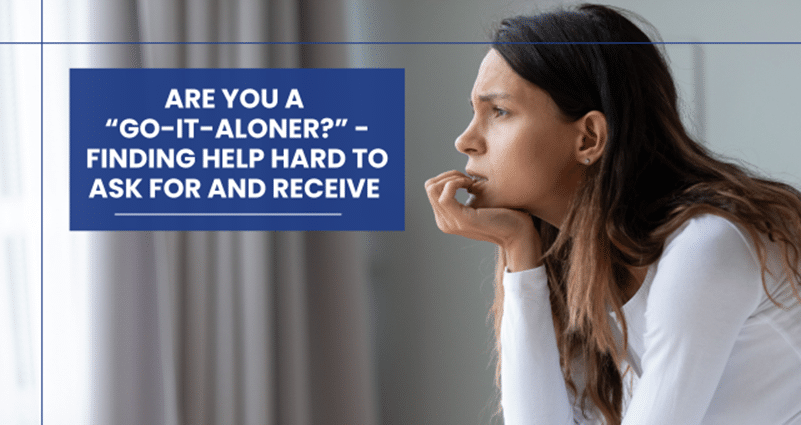
Our guest blogger is Matt Fried, MA, Ph.D., MFA, a licensed Psychologist, PBSP Therapist, Supervisor and International Trainer, and an AEDP Therapist and Supervisor. He holds special interests in moment-to-moment tracking, relationship dynamics and communication, and portrayal/psycho-dramatic work. In private practice in Manhattan and Delaware County, NY, Matt works with individuals, groups, and couples. He serves on the board of the NY State Psychological Association Trauma Special Interest Group and is a member of the COVID-19 Psychology Task Force, established by 14 divisions of the American Psychological Association.
As a long time psychologist and psychotherapist, I’ve encountered many people in distress, people whose lives are in turmoil for one reason or another (disaster, addiction, troubled family member) and who turn to people like me for support and understanding. These folks know they are in trouble or in situations with which they cannot cope. They know there are people, groups, and organizations ready to help them, and they take the courageous step of contacting one or more of these human resources (in person or virtually) for assistance.
There are several factors contributing to this “go-it-alone” pattern—and, yes, I call it a pattern because the “go-it-aloners” tend to intentionally resist assistance in as varied circumstances as one can imagine (e.g., asking for directions, asking for assistance with carrying packages).
- Factor One: There is a sense, a feeling, of superiority, of being better than those who ask for help.
- Factor Two: There is a labeling of the self as a “failure” of being “less than” others in the very act of asking for help.
- Factor Three: There is no trust in the caring of others, that there are others in the world who are trustworthy and who can reliably by present and can help.
Many kinds of related beliefs can be added to the ones already mentioned, such as the belief that others may actually invest in one’s remaining distress, or the belief that others are only concerned with themselves and not with others; that no sense of community exists in the world. Can you identify with any of these beliefs or assumptions?
The question then becomes: how can go-it-aloners be persuaded to accept and benefit from help when offered? How can they be mobilized to connect to helpers, to those who care, to those who present the overwhelmed “loner” with, essentially, the opposite of what is expected by the person’s conclusions, beliefs, and assumptions?
What do I mean by this? For example, if a go-it-alone mother – whose own mother died of cirrhosis of the liver because of her alcoholism – is now trying to deal with a teenager struggling with alcohol and believes that no one knows – or can know – what she is going through. A caring person would need to articulate – in that mother’s language – an “understanding” of what she is experiencing in such a way that she feels understood. It’s the sense of feeling understood by another which is the experienced contradiction to the go-it-aloner’s belief system. And once, that happens, once the person is aware of the new experience, there can be a shift in the belief system and a readiness to take other steps to obtain help.
Go-it-aloners usually have backgrounds in which there wasn’t any help or support. Perhaps there were too many children, parents struggling with SUDs, or parents who had all they could do to earn enough money for the family to survive. Perhaps those parents inordinately praised children who didn’t ask them for anything, making self-sufficiency highly reinforced. Parental addiction so often leaves children feeling frightened and alone, forcing them to fend for themselves. Whatever the reason, justification, or reward for not asking for help, the fact is that children need help and not asking for it does not eradicate the need for it. So, in a sense, these go-it-alone parents – as is true with many ACOAs (adults who grew up with the impact of addiction in their families) – have always needed help and always denied needing it or suppressed the need.
There is a phenomenon well known by therapists called mourning the self, which means that when a person receives from another that which has been needed for a lifetime on the deepest of levels (such as the need to feel understood by another), receiving is followed quickly by grief. This grief is for all the time the need has not been met. If you’re on the receiving end of something you’ve needed but never allowed yourself to take in, be prepared for a welling up of grief. Don’t be afraid of it. It will come as a wave and then subside. If you’re the understanding and caring person, be prepared for this grief. Don’t think something is wrong. It isn’t. It’s just a human being taking in what has always been needed but never experienced. Don’t speak. Don’t touch unless asked. Just stay comfortably close. All you need to do is be an accepting, calm, listening other, allowing the person’s grief to well up and subside. When you do this, you are again providing the go -it-alone person with something they may never have received: an accepting, supporting other who can simply be with them while grieving happens. And by doing so, the go-it-aloner discovers they don’t have to continue to go-it-alone.
These kind of experiences are powerful and will be recorded in the go-it-aloner’s memory. They will provide the basis for new, healthier expectations about what is positively possible between people.
